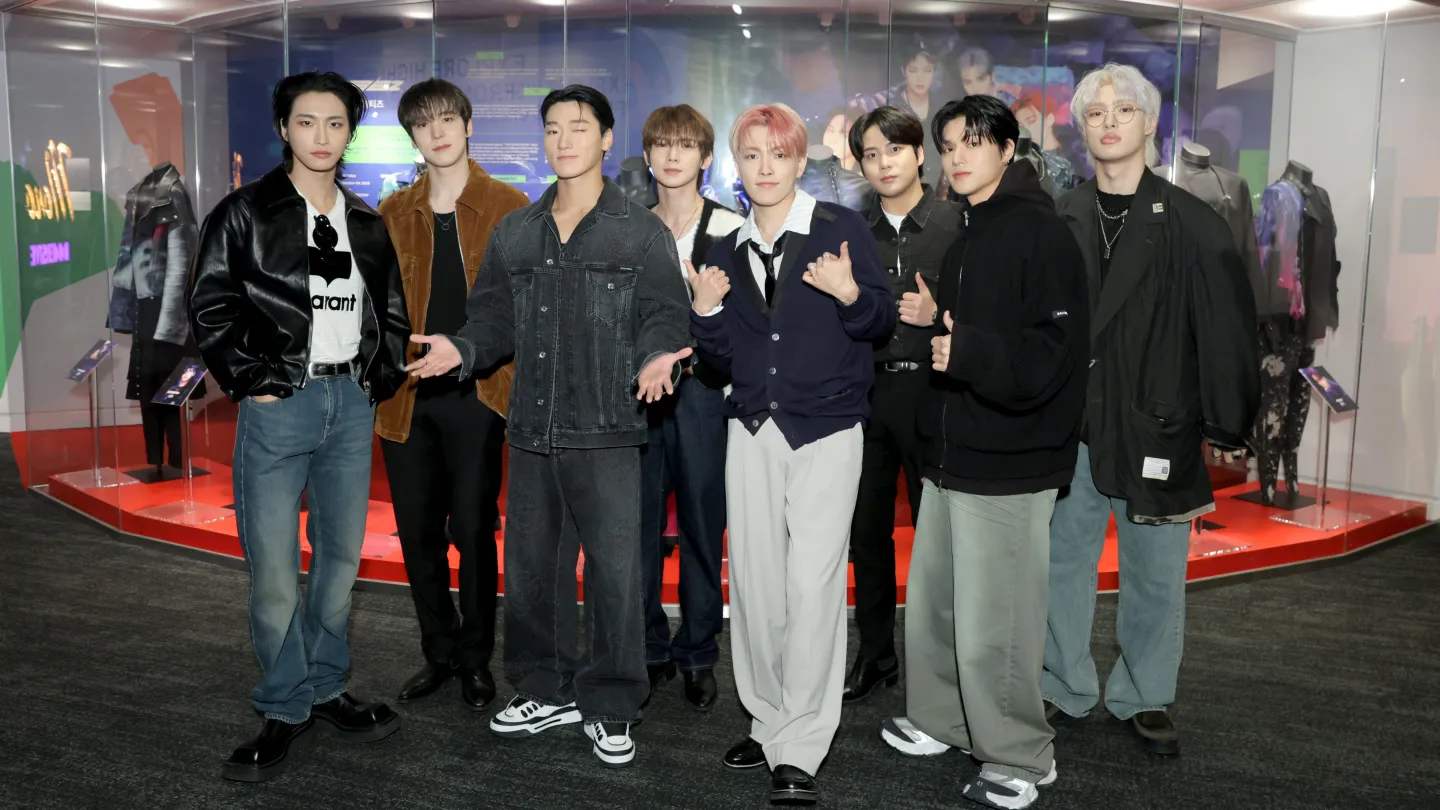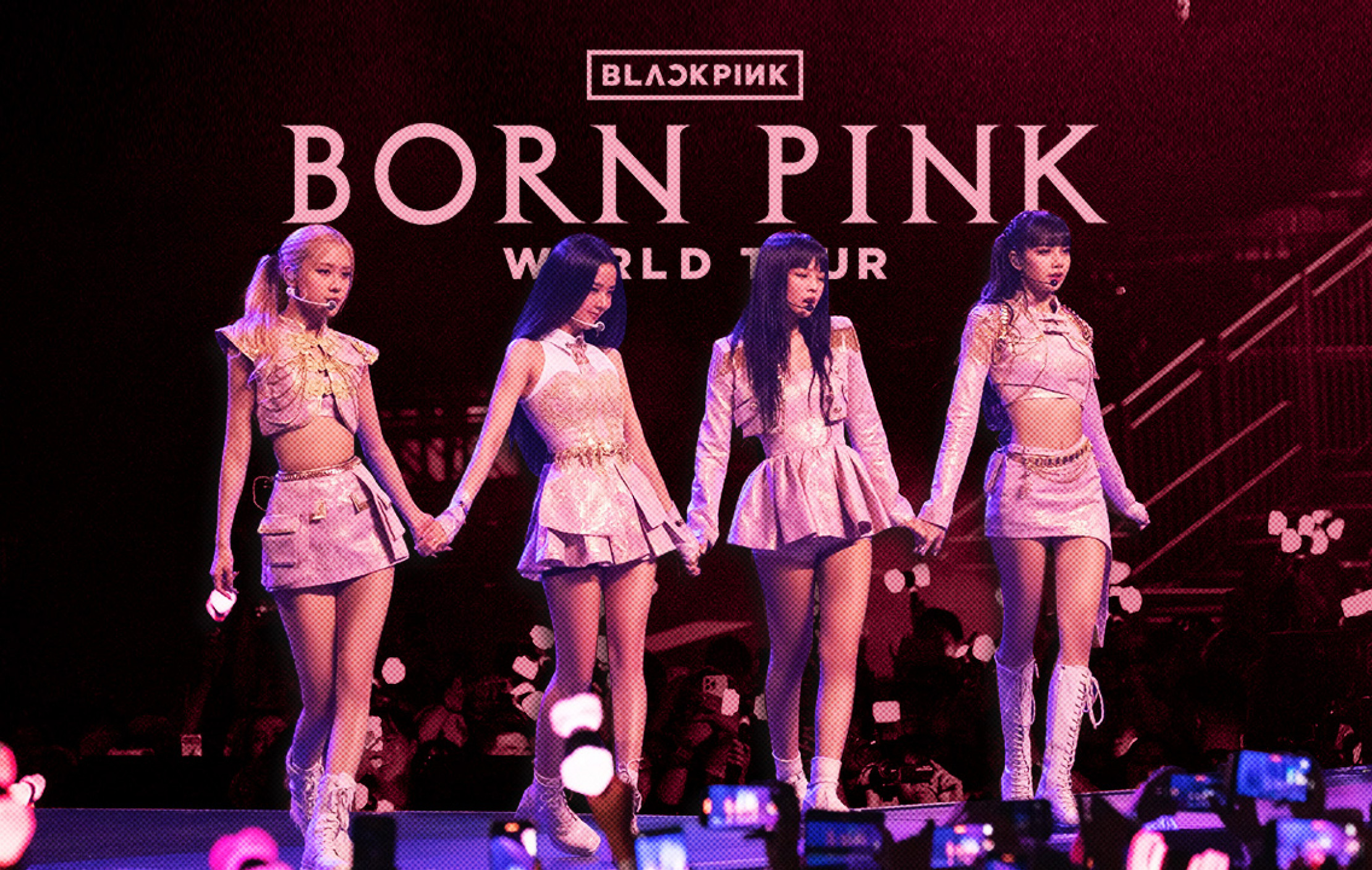Smashing – Imagine you’re standing in a pitch-black stadium. In the next second, tens of thousands of points of lightstick explode in unison, forming a galactic ocean that pulses to the rhythm of the music. The glowing sticks in every fan’s hand are no longer just toys; they are the brushes that paint the most spectacular landscape at a concert. This object, the lightstick, has evolved from a simple accessory into a symbol of identity, a weapon in “fan wars,” and a sophisticated piece of technology. But behind its mesmerizing glow lies a much more staggering truth: this seemingly simple item is the backbone of a massive money-making machine. This is a deep dive into how a stick of plastic and an LED light built the billion-dollar lightstick industry that changed fan culture forever.
From Simple Cheer Stick to Symbol of Identity
To understand this economic explosion, we have to go back in time. In the first generation of K-pop, fans showed their loyalty in simpler ways. H.O.T. fans would bring white balloons, while g.o.d. fans would use sky-blue ones. It was a basic method to distinguish one fandom from another. Everything changed when G-Dragon of BIGBANG, a true visionary, decided his fans deserved something more. He personally designed the “Bang Bong,” the first custom lightstick with a strong visual identity. This was the crucial turning point. The lightstick was no longer just about color; it was about design, branding, and ownership.
Psychologically, a lightstick functions as a physical membership card to a fandom. Bringing it to a concert or displaying it in your room is a declaration: “I am part of this family.” Each unique design—a crown for BIGBANG, a bomb for BTS (the ARMY Bomb), or a heart-hammer for BLACKPINK—becomes a totem that unites millions of fans worldwide. This transformation from a simple cheer tool to a badge of honor laid the psychological groundwork for the billion-dollar lightstick industry to flourish. Entertainment agencies quickly realized they weren’t just selling a product; they were selling a sense of belonging.
The Technology Behind the Synchronized Ocean of Light
If identity is the foundation, then technology built the skyscraper. The modern lightstick is far from an ordinary flashlight. Early versions may have had simple on/off functions, but the latest generation of lightsticks are smart devices equipped with Bluetooth technology. This innovation, pioneered by companies like Fanlight, allows for magic to happen inside the stadium. During a concert, staff use a central transmitter to pair with every single lightstick in the venue. This allows them to control the color, brightness, and flashing patterns of tens of thousands of lightsticks simultaneously, creating the highly coordinated “light oceans” that are a signature of K-pop concerts.
This technological sophistication effectively rendered unofficial lightsticks obsolete. Fans could no longer just bring a generic glowing stick; if they wanted to be part of the breathtaking light show, they had to own the official, synchronizable version. This technological necessity drastically increased the value of and demand for official lightsticks. Suddenly, a price tag of $50-$70 per stick felt worth it to get the full, immersive concert experience. Thus, this technological advancement became the primary accelerator that fueled the exponential growth of the billion-dollar lightstick industry.
Fandom Economics: Scarcity, Customization, and the Secondary Market
The economy surrounding the lightstick is both complex and brilliant. Agencies don’t just release one version and call it a day. Instead, they implement clever scarcity strategies. New versions are often released for each major world tour or significant comeback, compelling dedicated fans to collect every edition. Limited versions or collaboration editions can sell out in minutes, creating a frenzied secondary market. On platforms like eBay or Twitter, a rare lightstick can sell for hundreds, even thousands of dollars, far above its original retail price. This phenomenon shows the immense purchasing power within the billion-dollar lightstick industry.
Furthermore, a vast customization ecosystem has been born around the lightstick itself. Fans don’t just buy the lightstick; they spend more money to “dress it up.” Online shops sell custom stickers (skins), decorated straps, miniature carrying bags, and other accessories designed to fit a specific group’s lightstick. This is a level of personalization that shows the deep emotional investment of the fans. They don’t just own the product; they care for and personalize it. From mass production to fan-led personalization, every aspect of this economy reinforces the status of the billion-dollar lightstick industry.
More Than Just Plastic and LEDs
Ultimately, when we dissect this phenomenon, it’s clear that the lightstick is a microcosm of K-pop itself. It is visually stunning, technologically advanced, deeply emotional, and incredibly profitable. It is the perfect fusion of art, community, and capitalism. Its success is not an accident; it is the result of a deep understanding of fan psychology and a willingness to innovate. So, the next time you see that dazzling ocean of light at a K-pop concert, remember that you aren’t just looking at lamps. You are witnessing the real power of the billion-dollar lightstick industry at work, a shining testament to the collective power and passion of a fandom that is unparalleled in the world.





